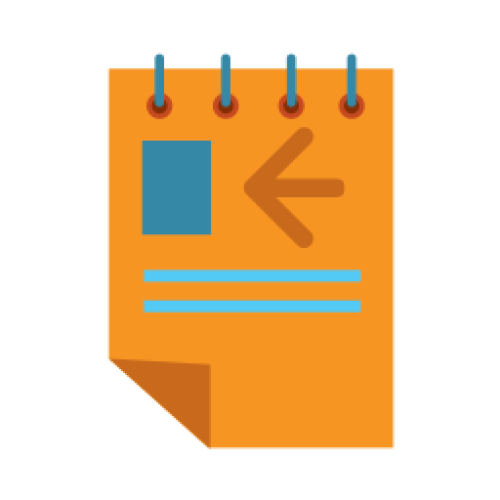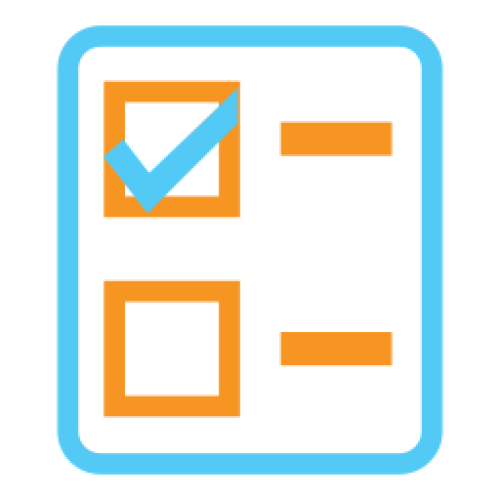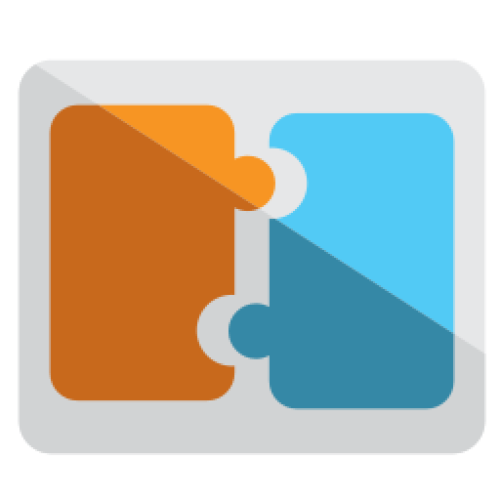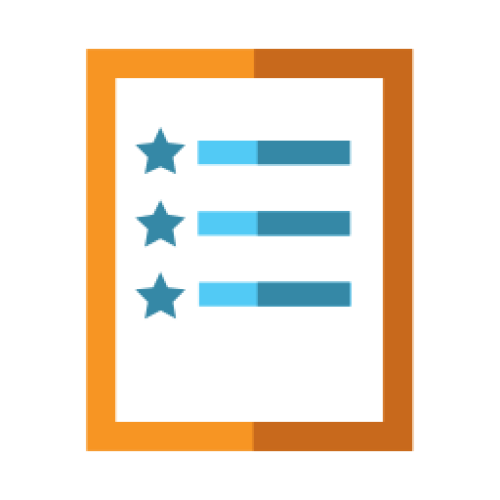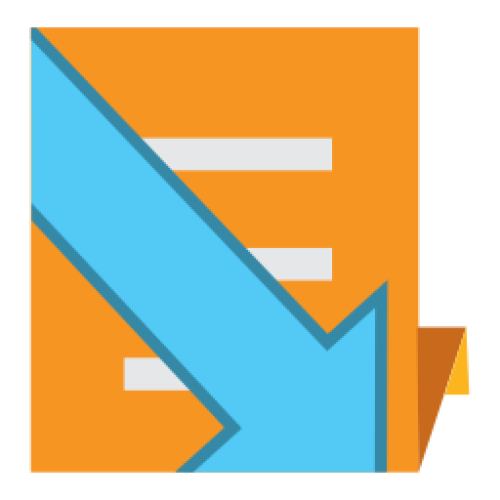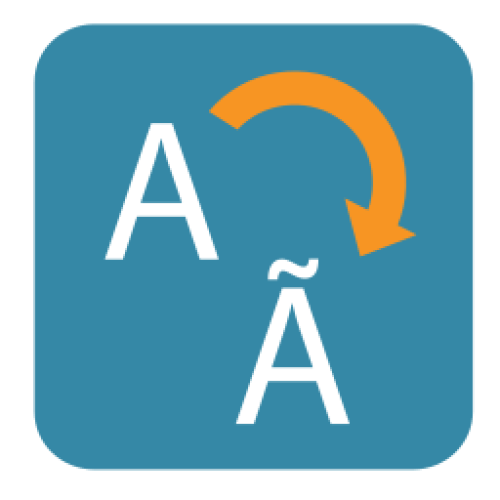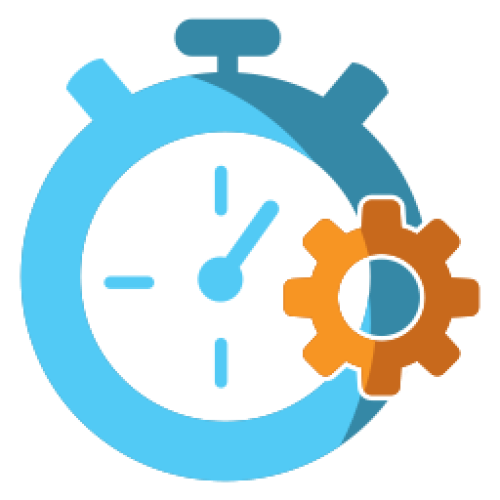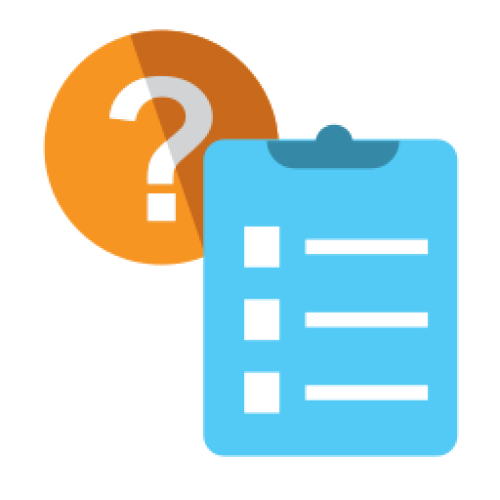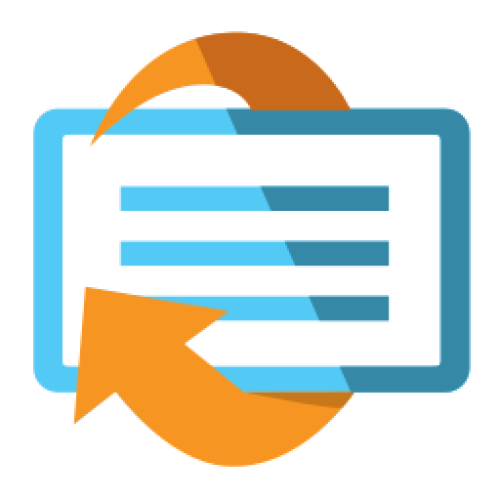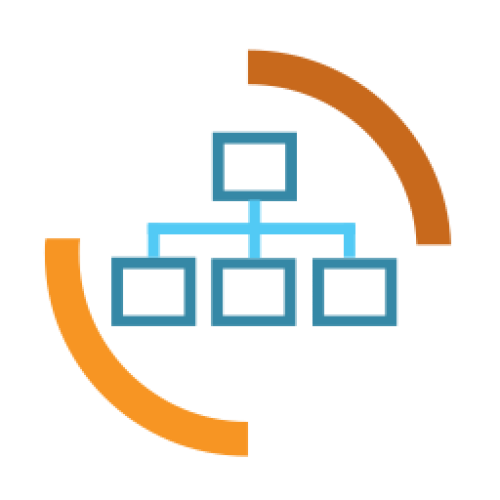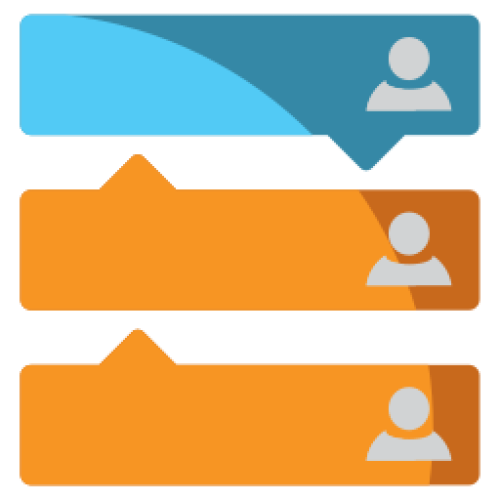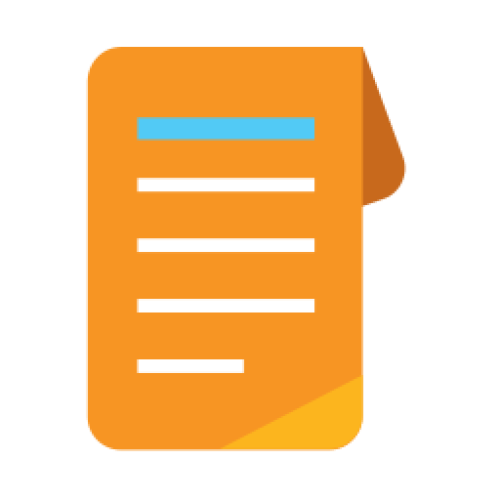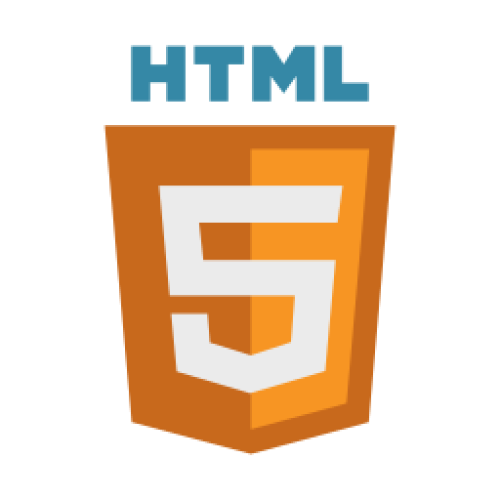Features: A-Z Index
A
B
C
D
E
F
G
I
L
M
N
P
Q
R
S
T
W
Newest 10 Entries
| Title | Warnings / Moderation |
|---|---|
| Icon |  |
| Description | (Conversr Only) Issue warnings (with an optional Private Topic sent to them) for unruly members. Optionally include one or more of several punitive actions as explained below. Ban the member's IP address so they can no longer access the site from that device (this also adds their IP address in your htaccess file) Ban the member so they can no longer log in (and their profile can no longer be viewed by others except high-ranking staff) Report spammers to public blocklists such as Stop Forum Spam Put members in a special restricted 'probation' usergroup for a specified number of days Silence a member from the forum or topic on which they made their problematic post (this also works on comments). Change a member's usergroup (useful to de-rank them) Automatically delete recent or violating content / posts posted by the member Charge points from the member's balance (also affects rank points to penalise their ability to rank up) Reverse recent point transactions members made in abuse Save and load explanatory messages for future use Automatically generate punitive action text in the Private Topic sent to the member Members can view their account standing on their profile, including any active punitive actions and their warnings history Staff can view full details of individual warnings including an action log and options to undo some of the individual punitive actions Develop your own cns_warnings hooks to define additional punitive actions that can be used with the warnings system Use one of the several pre-defined "reasons" for a warning in the dropdown to include the warning in your site statistics (for number of warnings issued by reason). |
| Title | Spam Protection |
|---|---|
| Icon | 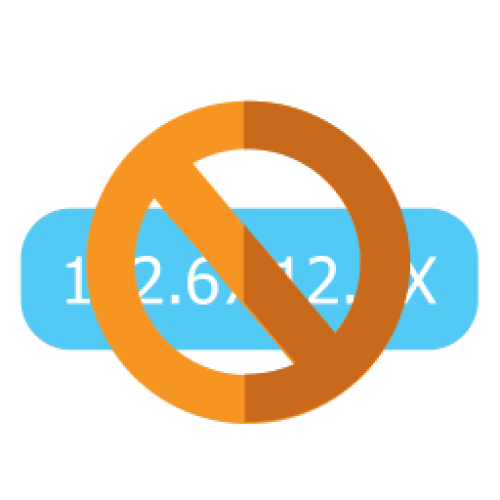 |
| Description | Configurable word filters Investigation: Investigate activity by member ID, username, IP address, or e-mail. Ban troublesome IP addresses. CAPTCHA: Include CAPTCHA on forms for guests and new members. Enable CSS and/or JavaScript CAPTCHA to make detection by bots much harder. Enable an audio version for the visually impaired. Integrate with known-spammer blacklists: Multiple configurable levels of enforcement. Honeypots and blackholes: Find and ban bots via automated traps that humans would never see or fill out. Heuristics: Clever ways to detect and block spammers based on behaviour. Published e-mail addresses will be protected from spammers Protection from spammers trying to use your website for their own SEO |
| Title | Template Programming Language |
|---|---|
| Icon |  |
| Description | Also known as Tempcode. Perform computations: Run loops, manipulate logic, numbers, and text. Handy effects: Easily create design effects like “Zebra striping” and tooltips – and much more. Branching and filtering: Tailor output according to permissions and usergroups, as well as user options such as language selection. Include other templates, blocks, or pages, within a template Create and use standard boxes: Avoid having to copy and paste complex segments of XHTML5. Easy web browser sniffing: Present different markup to different web browsers, detect whether JavaScript is enabled, detect bots, and detect PDAs/Smartphones. Randomisation features Pull up member details with ease: For example, show the current users avatar or point count. Easily pull different banner rotations into your templates Escaping: Easily escape parameters and strings to avoid JavaScript or HTML syntax errors and XSS vulnerabilities. Create your own Tempcode symbols through hooks |
| Title | Testing tools |
|---|---|
| Icon |  |
| Description | Switch users: Masquerade as any user using your admin login Change theme images inline with just a few clicks Easily find and edit the templates used to construct any screen Error monitoring: Get informed by e-mail if errors happen on your site. Make inline changes to content titles Easy text changes: Easily change the language strings used to build up any screen. Easily diagnose permission configuration problems: Log permission checks, or interactively display them in Firefox. Testing platform: Use our testing_platform non-bundled addon when developing with Composr to ensure nothing has been broken. Profiler: Use the documented profiling tool to monitor intensive logic and their time / memory consumption. Health check: Use the bundled health check to routinely run site checks and report any issues or failures detected. |
| Title | Rich Media |
|---|---|
| Icon |  |
| Description | Comcode: Powerful but simple content-enrichment language. Media embedding: Easily integrate/attach common video and image formats, as well as embeds for common sites such as YouTube (just by pasting in the URL). Easily create cool effects: Create scrolling, rolling, randomisation, and hiding effects. Put content in boxes, split content across subpages. Create XHTML5 overlays. Place tooltips. Customise your content for different usergroups Create count-downs and hit counters Automatic table of contents creation for your documents Custom Comcode tags: Set up your own tags, to make it easy to maintain a sophisticated and consistent design as your site grows. Embed pages within other pages |
| Title | Design without barriers |
|---|---|
| Icon |  |
| Description | Full control of your vision: Control hundreds of settings. Strip Composr down. Reshape features as needed. Full templating support: Reskin features to look however you want them to. No navigation assumptions: Replace default page and structures as required. No layout assumptions: Shift content between templates, totally breaking down any default layout assumptions. Embed content entries of any type on your pages |
| Title | Themeing tools |
|---|---|
| Icon |  |
| Description | Theme Wizard: Recolour your CSS and theme images in just a few clicks (Composr picks the perfect complementary palette and automatically makes 100's of CSS and image changes) Logo Wizard: Generate a basic logo for use on your site Built-in template and CSS editing tools Interactive CSS editor: Quickly identify what to change and preview. |
| Title | Administration Zone |
|---|---|
| Icon |  |
| Description | Dashboard: View a checklist of things that need done, software upgrade information, latest Composr news, posts in the staff forum, staff notes, useful links, and more. Audit: View logs and statistics of just about anything with the site and Composr system. Site statistics: View comprehensive graphs and statistics across a wide range of metrics. Set your own KPIs and get notified when they are reached. Security: Control site access (including IP bans), privileges, members / usergroups, and word filters. Structure: Manage and upgrade addons, define zones, configure chatrooms and forums, manage menus, create redirects, and edit the sitemap. Style: Whitelist the software, manage emoticons, manage themes / run the theme wizard, run the logo wizard, and translate / rephrase the software. Setup: Set a wide variety of options for your site depending on what addons you have installed. Tools: Run full or incremental backups, scan for broken URLs, clear the cache or run optimisation tools, edit the code, run Commandr, run the upgrader, run health checks, import content from another site, make and send newsletters, run server checks and view PHP info, run privacy purging or downloading, send an e-mail through the software, and view Composr contributors Content: Manage all of your content for your site Help: Search across the site or the tutorials for something Conflict detection: Detect when multiple staff are trying to change the same thing at the same time. Examine action logs: See exactly who has done what and when Commandr: Optional use of a powerful command-line environment (for Unix geeks). Use unix-like tools to explore and manage your database as it if was a filesystem, and perform general maintenance tasks. Aggregate content types: Design complex content relationships, cloning out large structures in a single operation. Content versioning: See revisions of certain content |
| Title | Website Polls |
|---|---|
| Icon | 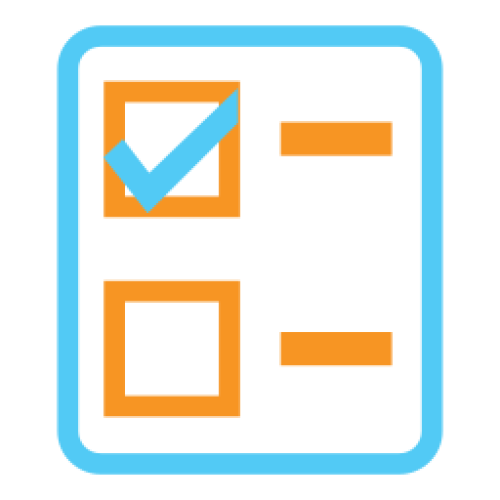 |
| Description | Integrate polls into your website: Gauge visitor opinion. Community involvement: Users can submit polls and comment and rate them. Multiple polls: Showcase different polls on different areas of your website. Archive the data from unlimited polls |
| Title | Community features |
|---|---|
| Icon |  |
| Description | User content submission: Allow users to submit to any area of your site. Optionally enable validation so staff must approve the content before it goes live. Public awards: Give public awards to your choice of “best content” Per-usergroup privileges: Give special members access to extra features, like file storage Recommend: Visitors can recommend your website or a page to other visitors. Control who can specify their own custom message and those who must use the default (spam prevention). Members can report content to you for review via "Report This" links (which creates a Support Ticket with a copy of the content at the time of reporting). You can also turn validation off for content to hide it after a certain number of reports. |
Top 10 Entries
| Question | What happens when I add a new usergroup to a third-party forum integrated with Composr? |
|---|---|
| Answer | If you are not using Conversr as your forum, Composr won't automatically assign any permissions to the new usergroup. To rectify this, you can use the "Absorb usergroup-permissions" feature in the Admin Zone. This tool allows you to copy the permissions from an existing usergroup to the newly created one, ensuring consistent access and functionality. |
| Question | What are some security considerations regarding super-moderators and super-administrators? |
|---|---|
| Answer | While super-moderators have extensive access to manage your site, certain sensitive privileges are reserved for super-administrators. This includes the ability to impersonate other users, execute arbitrary code, and view private content. These restrictions help prevent potential privilege escalation and ensure the overall security of your website. Exercise caution when granting super-moderator status and trust only reliable individuals. |
| Question | What are some useful tools for debugging permission issues? |
|---|---|
| Answer | Composr provides a couple of tools to help pinpoint permission problems:
|
| Question | How can I test if my permission settings are working correctly? |
|---|---|
| Answer | Composr's "SU" feature allows administrators to temporarily assume the identity of another user, enabling you to experience the site as they would. Simply enter the desired username in the "SU" box in the footer. You can also use "Guest" to browse as an unauthenticated visitor. Remember that using "SU" doesn't accurately reflect online status and retains administrator access to sensitive areas. |
| Question | Can I display different content to different usergroups? |
|---|---|
| Answer | Yes, you can achieve this by leveraging Tempcode within your templates. By using conditional statements like {$IS_IN_GROUP} and {$HAS_PRIVILEGE}, you can show or hide specific content sections based on the user's group membership or privileges. This technique allows you to "tease" premium content to non-paying users or tailor the user experience based on their access level. |
| Question | What are match-key permissions and why would I use them? |
|---|---|
| Answer | Match-key permissions provide a more granular level of access control beyond the standard zone, page, and category permissions. They allow you to restrict access based on specific "match-keys", which are unique identifiers for different actions or content within Composr. For instance, you could use match-key permissions to prevent guests from submitting banners or to restrict access to the member directory for all but specific usergroups. You can also specify custom access denied errors for each match-key. A "match-key" is typically a page-link, such as cms:cms_banners:add. |
| Question | How can I control who can view specific pages or categories? |
|---|---|
| Answer | You can manage access control for zones, pages, and categories primarily through the Permissions Tree Editor (Admin Zone > Security > Permissions Tree Editor). This tool provides a central location to set view permissions for different usergroups. You can also edit individual zone and category permissions through their respective editing interfaces, but the Permissions Tree Editor offers a more streamlined and efficient approach. |
| Question | What is the difference between access permissions and privileges in Composr? |
|---|---|
| Answer | Access permissions control whether members of a certain usergroup can view specific areas of your site, such as zones, pages, and categories. A member only needs one of their usergroups to have access permission to view the content. But permissions work on a deny-first policy; if one of the permissions applicable to viewing something is denied for a usergroup, then the whole thing is denied for that usergroup (e.g. even if a download itself grants access, access will be denied if its category denies access). Privileges, on the other hand, dictate what actions a usergroup is allowed to perform across the website, like using advanced Comcode or bypassing the word filter. |
| Question | How can I change the news archive display to show summaries instead of just headlines? |
|---|---|
| Answer | By default, the news archive screen shows only headlines. To display summaries like the news block, add :inline=1 to the page-link. For example, if your news archive page-link is site:news, modify it to site:news:inline=1. This will show summaries instead of just the headlines in the archive view. |
| Question | What are Trackbacks and how do they work in Composr? |
|---|---|
| Answer | Trackbacks are a blogging feature that creates a link from an article on one blog to an article on another, acting as a citation mechanism. How Trackbacks Work:
To enable trackbacks, go to Admin Zone > Setup > Configuration > Feature options and check the "Trackbacks" option. You can then enable trackbacks for individual content items. |





